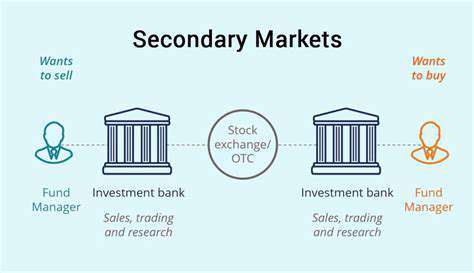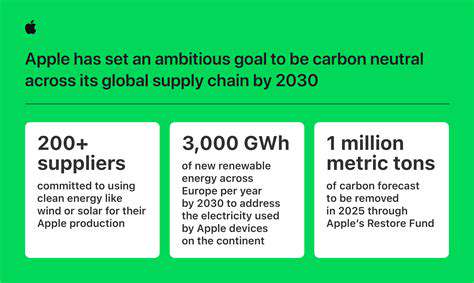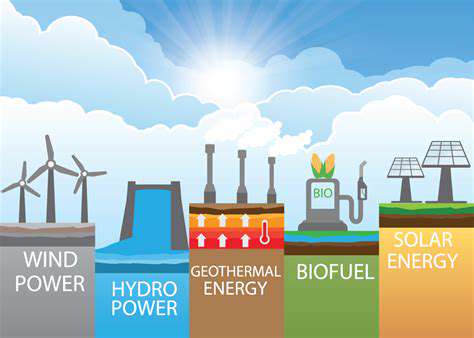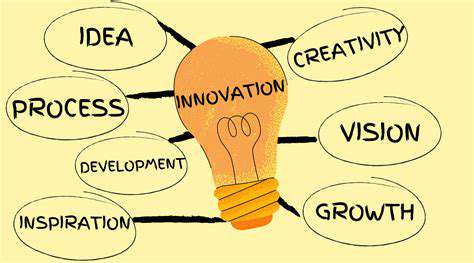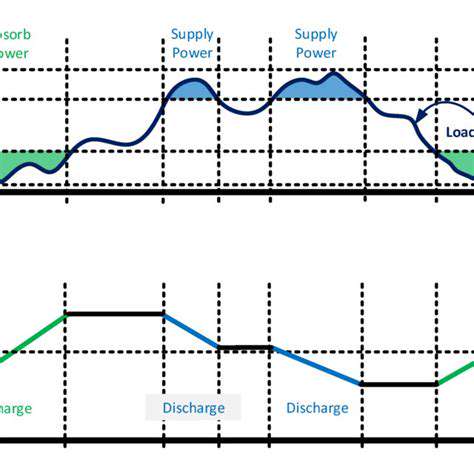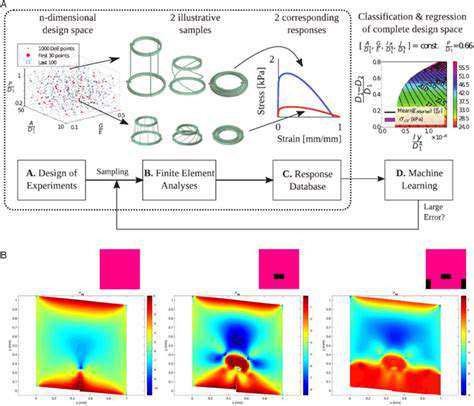Renewable Energy and Carbon Pricing
Governments worldwide are adopting carbon pricing mechanisms like carbon taxes and cap-and-trade systems as essential instruments in the fight against climate change. These tools function by imposing financial penalties on carbon-emitting activities, pushing corporations and individuals toward cleaner alternatives. This market-driven strategy sparks technological breakthroughs in sustainable energy solutions while promoting greater energy efficiency, ultimately paving the way for an economy less dependent on fossil fuels. At its core, this approach forces the market to account for the hidden environmental costs of pollution.
Various carbon pricing frameworks exist, each presenting unique benefits and drawbacks. Carbon taxes offer transparent pricing for emissions, whereas cap-and-trade systems provide adaptable methods for reducing pollution. The choice between these models depends largely on regional economic conditions and political landscapes. Decision-makers must weigh multiple variables including industrial composition, emission targets, and macroeconomic consequences when selecting the most suitable approach.
Impact on Businesses and Industries
Carbon pricing policies create significant ripples across all business sectors. Fossil fuel-dependent companies may experience rising operational expenses, compelling them to modify manufacturing techniques, adjust product pricing, or explore renewable energy options. These necessary adaptations can trigger sweeping economic transformations as industries recalibrate to the new financial reality. While initial challenges exist, forward-thinking businesses investing in sustainable technologies stand to gain substantial competitive advantages in the long run.
High-emission industries including energy generation, transportation, and manufacturing face particularly intense pressure. These sectors must fundamentally restructure their operations, likely through substantial investments in renewable infrastructure or energy-saving technologies. The shift toward carbon-conscious economics demands widespread corporate adaptation and significant capital investment across all industries.
Policy Considerations and Challenges
Creating effective carbon pricing legislation requires meticulous planning regarding mechanism design, price levels, and revenue allocation. Establishing the right carbon price involves navigating complex trade-offs between environmental urgency and economic stability. Additionally, policymakers must implement safeguards to protect economically vulnerable groups from disproportionate impacts.
Political resistance and public perception present substantial hurdles to implementation. Concerns about economic fallout and employment reductions necessitate clear communication strategies and robust public education campaigns. Building widespread understanding of carbon pricing's long-term environmental and economic benefits proves critical for successful policy adoption.
Carbon Pricing: A Catalyst for Renewable Energy Investment
Understanding Carbon Pricing Mechanisms
Carbon pricing tools like taxes and cap-and-trade systems assign financial value to environmental damage caused by emissions. These frameworks motivate behavioral changes by making pollution economically disadvantageous. By accurately reflecting fossil fuels' true environmental costs, these mechanisms accelerate the transition to sustainable alternatives. This fundamental economic realignment proves indispensable for mobilizing large-scale renewable energy investments.
Debates continue regarding the most effective carbon pricing model. Proponents of carbon taxes highlight their predictability for financial planning, while cap-and-trade advocates emphasize their flexibility in meeting emission targets. Regardless of implementation method, the central premise remains unchanged: making carbon emissions financially unattractive to spur renewable energy adoption.
The Impact on Renewable Energy Investments
Carbon pricing dramatically improves renewable energy's economic competitiveness relative to fossil fuels. When emission costs factor into energy pricing, clean energy solutions become significantly more attractive to investors. This economic shift generates increased funding for solar, wind, and other sustainable technologies as investor confidence grows.
Stable carbon pricing frameworks, particularly predictable carbon taxes, reduce financial uncertainties surrounding renewable projects. This stability, combined with improved renewable economics, encourages long-term commitments to sustainable energy infrastructure. The resulting positive feedback loop sees carbon pricing boost renewables, which then further decreases emissions.
Driving Innovation and Technological Advancements
Carbon pricing stimulates remarkable innovation across the renewable sector. The financial incentives created by carbon costs fuel research into more efficient and affordable sustainable technologies. Companies race to develop superior solar technology, advanced wind systems, and breakthrough energy storage solutions to capitalize on these market conditions.
The competitive pressures generated by carbon pricing mechanisms accelerate technological progress in renewable energy. This constant push for better performance and lower costs drives rapid advancements that benefit the entire clean energy transition.
Carbon Pricing and Job Creation
The renewable energy boom triggered by carbon pricing generates substantial employment opportunities. From manufacturing and installation to maintenance and operation, the expanding clean energy sector creates jobs at every level. This economic benefit strengthens arguments for carbon pricing, demonstrating its potential to simultaneously address environmental concerns and stimulate job growth.
Policy Considerations and Challenges
Implementing carbon pricing requires careful attention to mechanism design, price setting, and economic impacts. Protecting affected industries and ensuring equitable transitions for workers remain paramount concerns. Policymakers must anticipate potential side effects, including energy price fluctuations and industrial competitiveness issues, requiring balanced environmental and economic approaches.
Successful carbon pricing implementation depends heavily on political commitment and public backing. Addressing concerns about consumer costs and industrial impacts through transparent communication and support systems remains essential for building broad-based acceptance of these policies.

The Global Perspective: International Cooperation for Carbon Pricing and Renewable Energy

The Interconnected World
Modern globalization has created unprecedented global connectivity, dissolving traditional boundaries and creating worldwide networks. This connectivity appears in numerous forms, from instant digital communication to international trade systems. Comprehending this global context proves essential for addressing contemporary challenges, particularly those requiring international coordination like climate change mitigation.
While the free exchange of ideas and culture enriches global society, it also introduces complex problems demanding multinational solutions. This interconnected reality presents both opportunities and challenges that require thoughtful analysis of diverse perspectives and interests.
Economic Interdependence
The modern economy functions as an intricate network of mutual dependencies between nations. While this system enables remarkable economic expansion, it also creates systemic vulnerabilities. Economic disruptions in one region can quickly propagate globally, underscoring the necessity for strong international institutions and cooperative safeguards.
Globalized commerce has generated significant prosperity, yet its benefits remain unevenly distributed, exacerbating inequality concerns. Creating more equitable distribution of globalization's advantages represents one of this century's most pressing challenges, requiring commitment to sustainable development principles and responsible economic policies.
Cultural Exchange and Diversity
Our planet's cultural diversity offers invaluable opportunities for mutual understanding and enrichment. Exposure to different traditions and viewpoints builds tolerance and appreciation across societies. Cultural interaction remains vital for establishing connections between nations in our interconnected reality.
However, global cultural influences sometimes threaten local traditions, necessitating careful balance between embracing global opportunities and preserving cultural heritage. This requires deliberate efforts to promote intercultural exchange while respecting unique community identities.
Political and Social Implications
Global interconnectedness profoundly influences international relations, diplomacy, and conflict resolution. The political and social consequences of globalization are extensive and multifaceted.
Modern connectivity has enabled innovative forms of transnational activism, allowing coordinated global responses to issues like human rights and environmental protection. This connectivity facilitates collective action on pressing global concerns.




